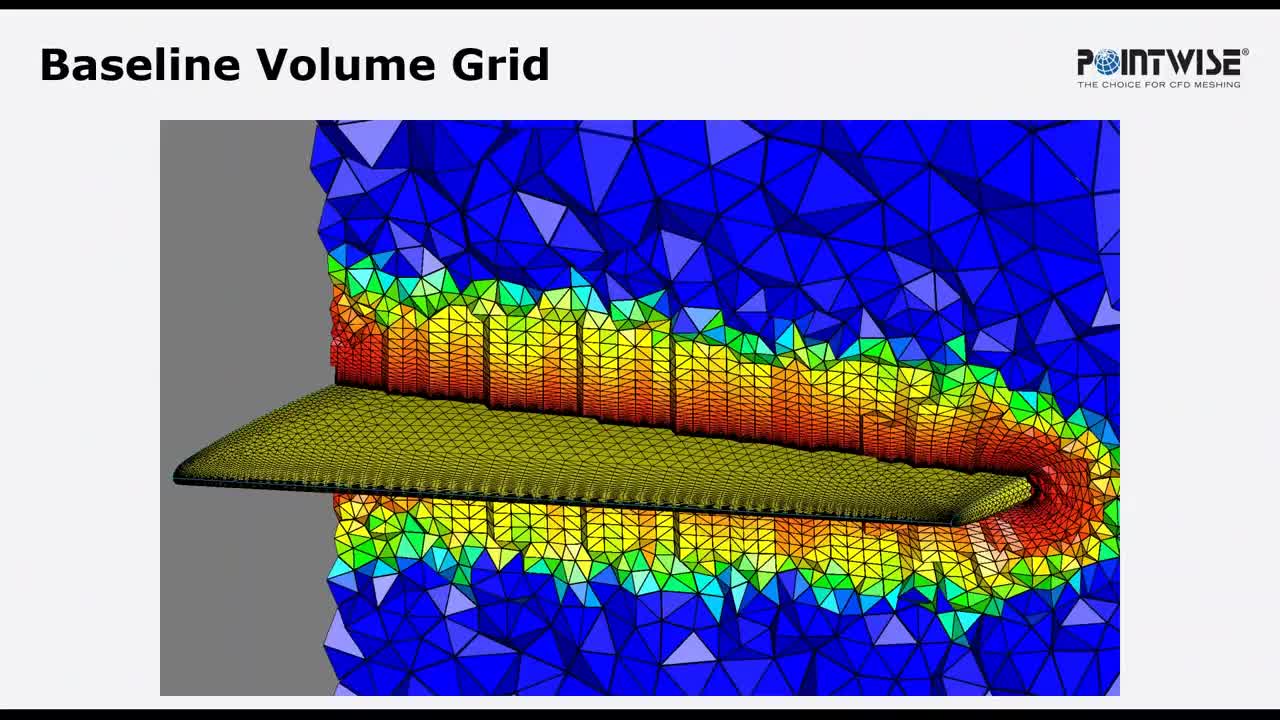Towards Mesh Adaptation with Pointwise

Despite the evolution of computer processing capability, improving the efficiency of numerical simulations remains an essential issue. Mesh adaptation is a common technique employed to help improve simulation efficiency. In the field of computational fluid dynamics (CFD), unstructured mesh adaptation has been used to substantially reduce the mesh size to reach a desired solution accuracy. Thus, this technique enables significant improvements in processing time, memory requirements, and storage needed.
Furthermore, error estimates have the capability to detect physical phenomena and capture their behavior. Meshes are then automatically adapted in critical regions without any a priori knowledge of the solution. However, without access to the underlying CAD data, adaptation is limited only to improving off-body grid resolution.
Given that access to CAD is available from directly within Pointwise, modifying and re-projecting points to the underlying geometry during adaptation offers a unique advantage over most off-body mesh adaptation solutions. In this webinar, we introduce adaptation in Pointwise and how this upcoming feature is used to improve upon existing mesh adaptation solutions.
Overview
- Incorporating the benefits of mesh adaptation into your simulation workflows
- Previewing mesh adaptation in an upcoming version of Pointwise
- Using Glyph scripting to import point cloud source objects
- Applying mesh adaptation to better resolve critical regions of the flow over the ONERA M6 wing
Presenter
Zach Davis joined Pointwise's Sales & Marketing team in April 2015. Prior to joining Pointwise, he was an applications engineer at Rescale where he implemented, updated, and maintained many CFD and simulation software packages. Before that, he was a CFD engineer at both General Atomics and Lockheed Martin. Zach has an M.S. in aerospace engineering from the University of Texas at Arlington (2002) and a B.S. in aerospace engineering from the Florida Institute of Technology (1999).